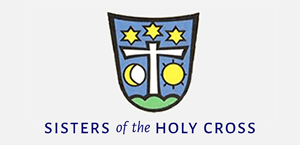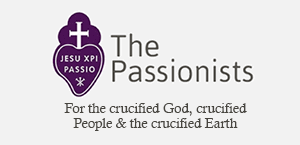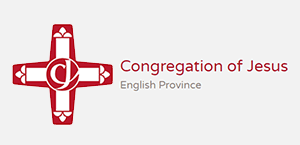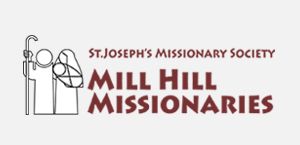Gospel in Art: What authority have you for acting like this?
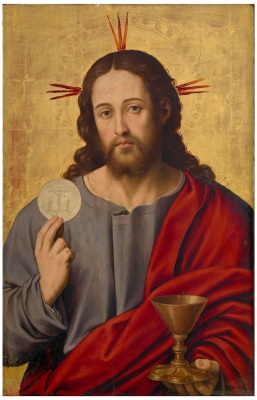
Christ the Saviour with the Eucharist, by Juan de Juanes. 1545 © Prado Museum, Madrid
Source: Christian Art
Gospel of 3 June 2023
Mark 11:27-33
Jesus and his disciples came to Jerusalem, and as Jesus was walking in the Temple, the chief priests and the scribes and the elders came to him, and they said to him, 'What authority have you for acting like this? Or who gave you authority to do these things?' Jesus said to them, 'I will ask you a question, only one; answer me and I will tell you my authority for acting like this. John's baptism: did it come from heaven, or from man? Answer me that.' And they argued it out this way among themselves: 'If we say from heaven, he will say, "Then why did you refuse to believe him?" But dare we say from man?' - they had the people to fear, for everyone held that John was a real prophet. So their reply to Jesus was, 'We do not know.' And Jesus said to them, 'Nor will I tell you my authority for acting like this.'
Reflection on the painting
During the liturgy of the eucharist you may have noticed that the priest breaks off a small piece of the consecrated host and puts it into the chalice. This practice goes back to a very early tradition in the Church. It is not only symbolic of the unity of the body and blood of Christ, but it also signifies the unity of the Church, the Pope, the Bishops and priests. Nicholas Gihr (in the The Holy Sacrifice of the Mass: Dogmatically, Liturgically and Ascetically Explained, 2015) writes: "Participation in the same Holy Sacrifice was regarded as a sign and pledge of ecclesiastical Communion; mutually to prove and maintain this, Popes and bishops sent to other bishops, or priests too, parts of Consecrated Hosts, which the recipients dropped into the chalice and consumed …This custom existed in Rome until about the ninth century. There the Pope on Sundays and feast-days sent to those priests who had charge of Divine service at the churches within the city, the Eucharist as a symbol of communion with the ecclesiastical Head, and as a sign that they were empowered to celebrate".
Thus each time the priest drops the small piece of the consecrated host into the chalice, we are reminded of the unity of our Church and our communion with the Pope and his Bishops. In fact some historians think that for a few centuries there were actually two small pieces placed in the chalice: one from the bishop (or pope), and one small piece from the previous mass celebration. This second small piece used from the previous mass celebration would show the continuity and unity in time. It would symbolise that with each mass the Church tradition lives on and connects us all the way back to our early Church.
The word 'authority' gets mentioned four times in our short reading. This authority comes from God and is what unites us as a Church, each time we celebrate the Eucharist. Hence today's painting is a depiction of the Eucharist, where we see Jesus holding his body and blood. Juan de Juanes was one of Spain's most prolific religious painters in the 16th century. The gold ground facilitates a distraction-free, clear reading of the painting. Note the grisaille painted detail of the crucifixion scene in the holy host.
LINKS
Gospel in Art: https://christian.art/
Today's reflection: https://christian.art/daily-gospel-reading/mark-11-27-33-2023/









